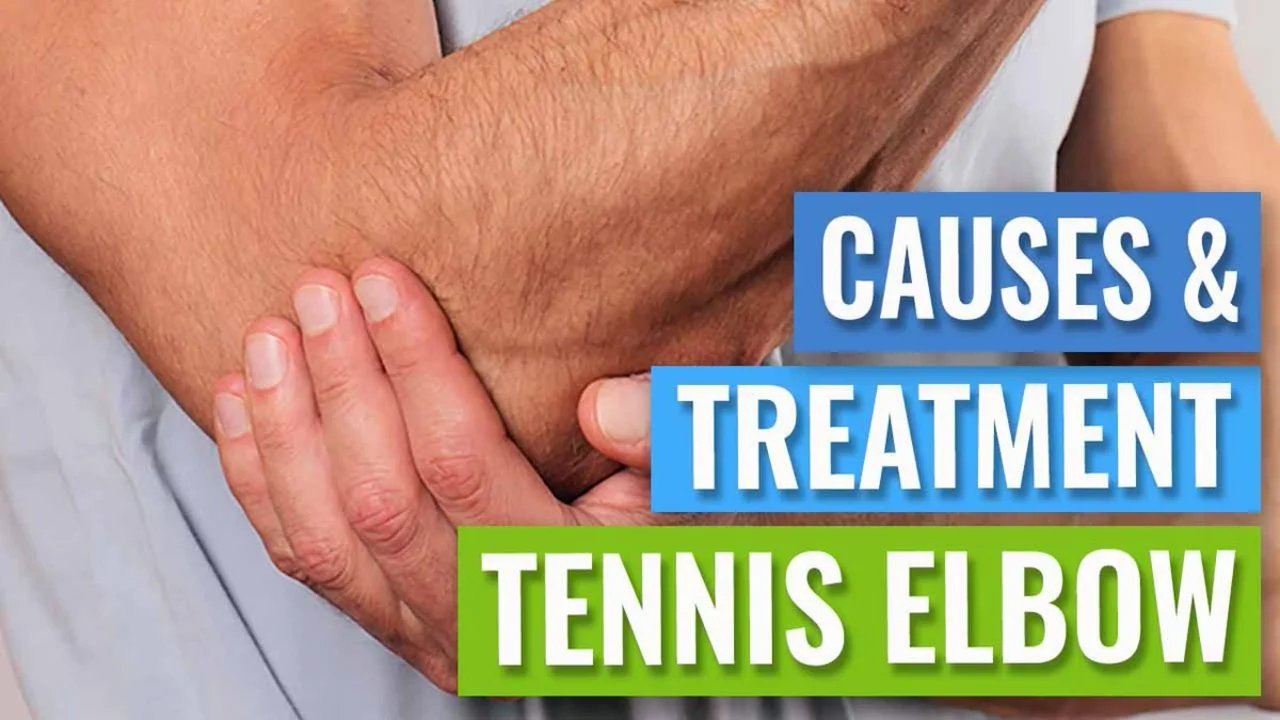Tennis Elbow: Causes, Relief & Gear Guide
If you’ve felt a sharp ache on the outer side of your forearm after a long practice, you’re probably dealing with tennis elbow. It’s a common name for a condition called lateral epicondylitis, and it can sideline anyone from a weekend player to a competitive athlete. The good news? Most players fix it with a few smart moves, simple exercises, and the right brace.
What Triggers Tennis Elbow?
The main culprit is repetitive arm motion. When you swing a racket, the tendons that attach to the elbow get a lot of stress. Over time, tiny tears build up and cause pain. Even activities like painting, typing, or gardening can trigger the same issue if you repeat the motion a lot.
In Gloucestershire’s wet climate, players often grip the racket tighter to keep control, which adds extra strain. Poor technique – like using a very tight grip or hitting with a “flat” swing – also speeds up wear and tear. If you notice pain after a match, check your grip size. A racket that’s too small forces your hand to work harder, while a too‑large grip can tense the forearm muscles.
Relief Tips & Brace Guide
The first thing to try is rest. Give the arm a break for a few days and avoid the movements that hurt. Ice the sore spot for 15 minutes a few times a day – it cuts inflammation fast.
Next, stretch and strengthen. Simple wrist extensor stretches (push your hand gently down while the elbow is straight) can loosen the tendons. Follow up with light resistance exercises, like using a rubber band to pull the wrist up and down. Do these a few times daily, but stop if the pain spikes.
If you need to get back on court quickly, a tennis elbow brace can make a huge difference. The brace works by applying pressure to the forearm muscles, which reduces the load on the elbow tendons. Look for a sleeve with a padded strap just below the elbow – it should feel snug, not tight. Many players in our community swear by a silicone strap that sits over the painful area; it’s easy to slip on before a match.
When choosing a brace, check the material. Neoprene sleeves are good for warmth and compression, while breathable fabrics are nicer in hot summer. Make sure the strap is adjustable so you can dial in the right amount of pressure. A brace that’s too loose won’t help; too tight can cut off blood flow.
Combine the brace with proper warm‑up. Swing a light racket or a wooden dowel for a few minutes to get the muscles moving, then do the stretching routine. This prepares the tendons and reduces the chance of flare‑ups.
If pain persists after a week of rest, ice, exercises, and a brace, it’s time to see a physio or sports doctor. They can offer deeper treatments like ultrasound, massage, or a tailored rehab program. In most cases, players return to full swing within 3‑4 weeks.
Keeping an eye on technique, using the right grip size, and adding a supportive brace to your kit are the easiest ways to beat tennis elbow. Stay mindful of how your arm feels, act fast when it hurts, and you’ll be back on the court enjoying the game without the nagging ache.
Health and Wellness

Post - Tennis Elbow Treatment?
After enduring a bout with tennis elbow and going through treatment, I've learned a lot about the recovery process. The treatment primarily involves rest, physiotherapy, and sometimes medication or surgical intervention. Resting the affected arm and avoiding strenuous activity is crucial for recovery. Physiotherapy exercises help rebuild strength and flexibility in the elbow. If these measures don't work, doctors may recommend pain relievers, steroid injections, or even surgery in severe cases.